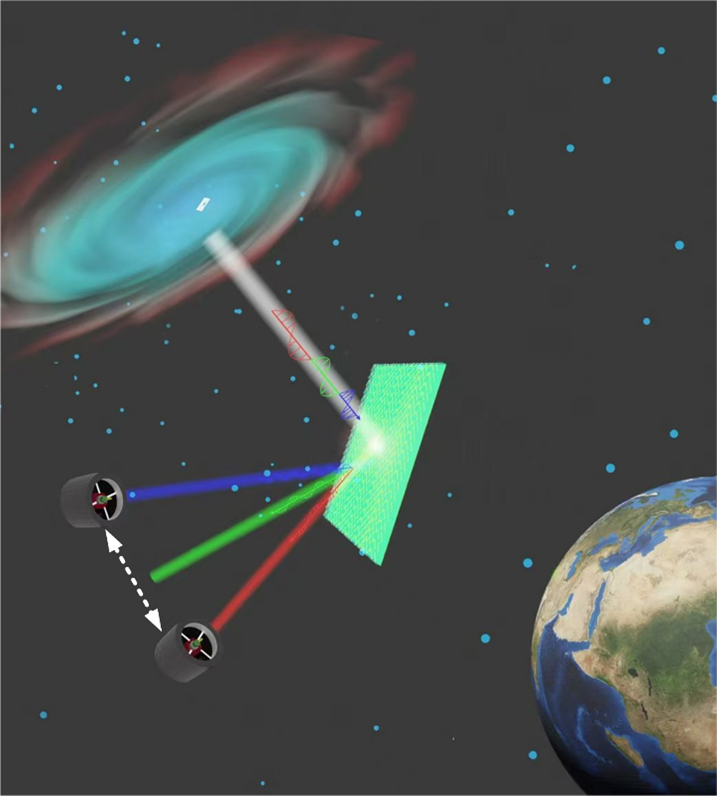Researchers at TU Delft, SRON and LongWave Photonics LLC have created a centimeter-sized, lightweight terahertz spectrometer. Current spectrometers are half a meter in size and much heavier. Weight and size play a large role since terahertz radiation is only detectable from space. Publication in Laser & Photonics Reviews.
terahertz
The terahertz frequency range is crucial for unraveling the mysteries of the Universe’s history, providing insights into how galaxies and stars form and evolve, as well as how planets develop. However, Earth’s atmosphere absorbs terahertz signals, preventing observations from the ground. For space applications, spectrometers need to be lightweight and small, which is not trivial because of the complexity of detecting terahertz radiation.
smaller and lighter
To address these challenges, the team from TU Delft, SRON, and LongWave Photonics has demonstrated a new concept for a centimeter-sized (1.1 cm) terahertz spectrometer, significantly reducing the size and weight compared to traditional spectrometers that use a grating. The new spectrometer employs a metasurface—a specially patterned surface that both focuses the incoming light and spreads it in different colors.

experimental demonstration
The spectrometer operates in the 1.85 to 2.4 terahertz range and has demonstrated a spectral resolution of 270, reflecting its capability to distinguish fine details in the signals it captures. As this is the first experimental demonstration, further optimisation is required to match the spectral resolution as expected from grating spectrometers.


